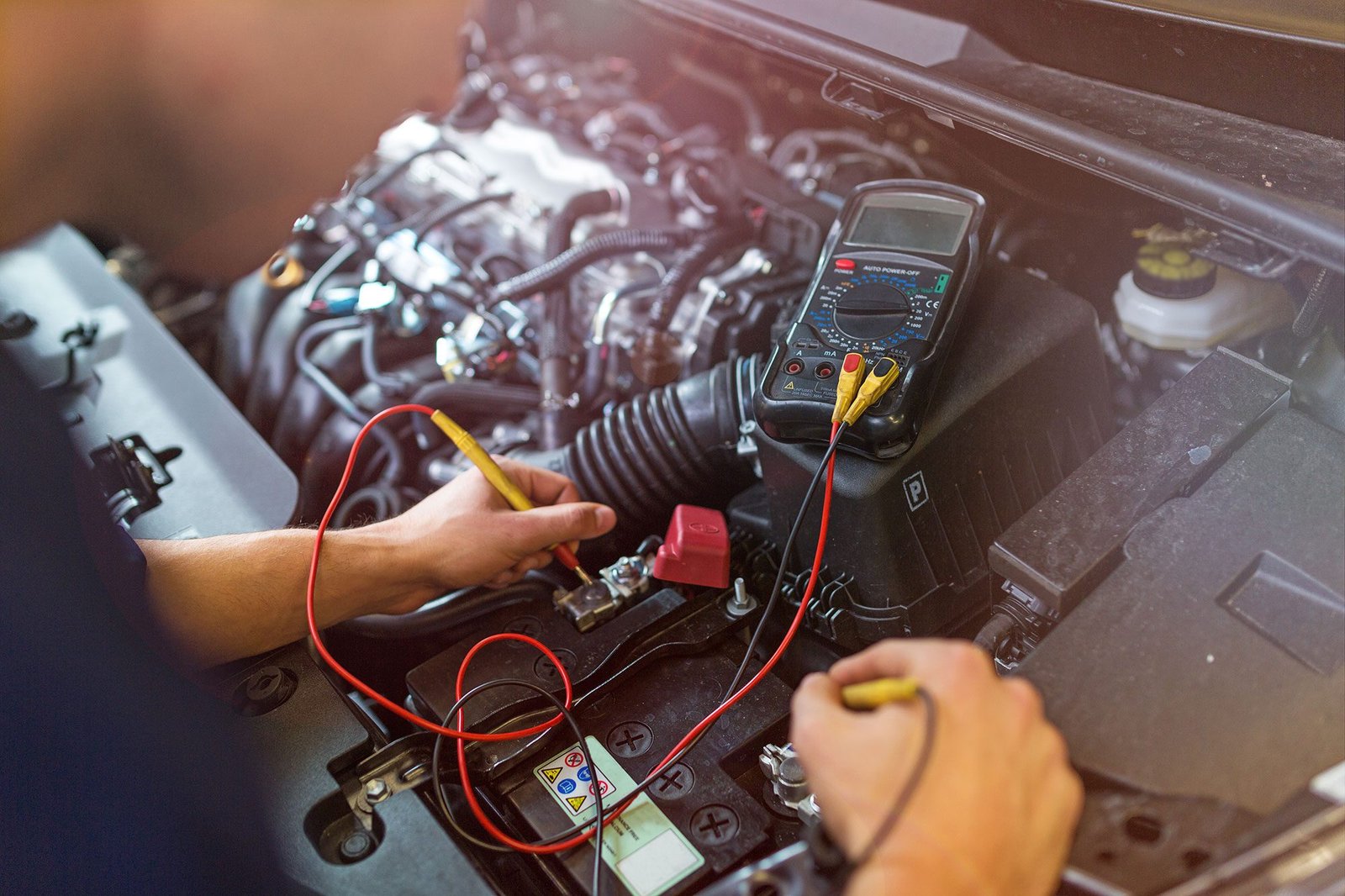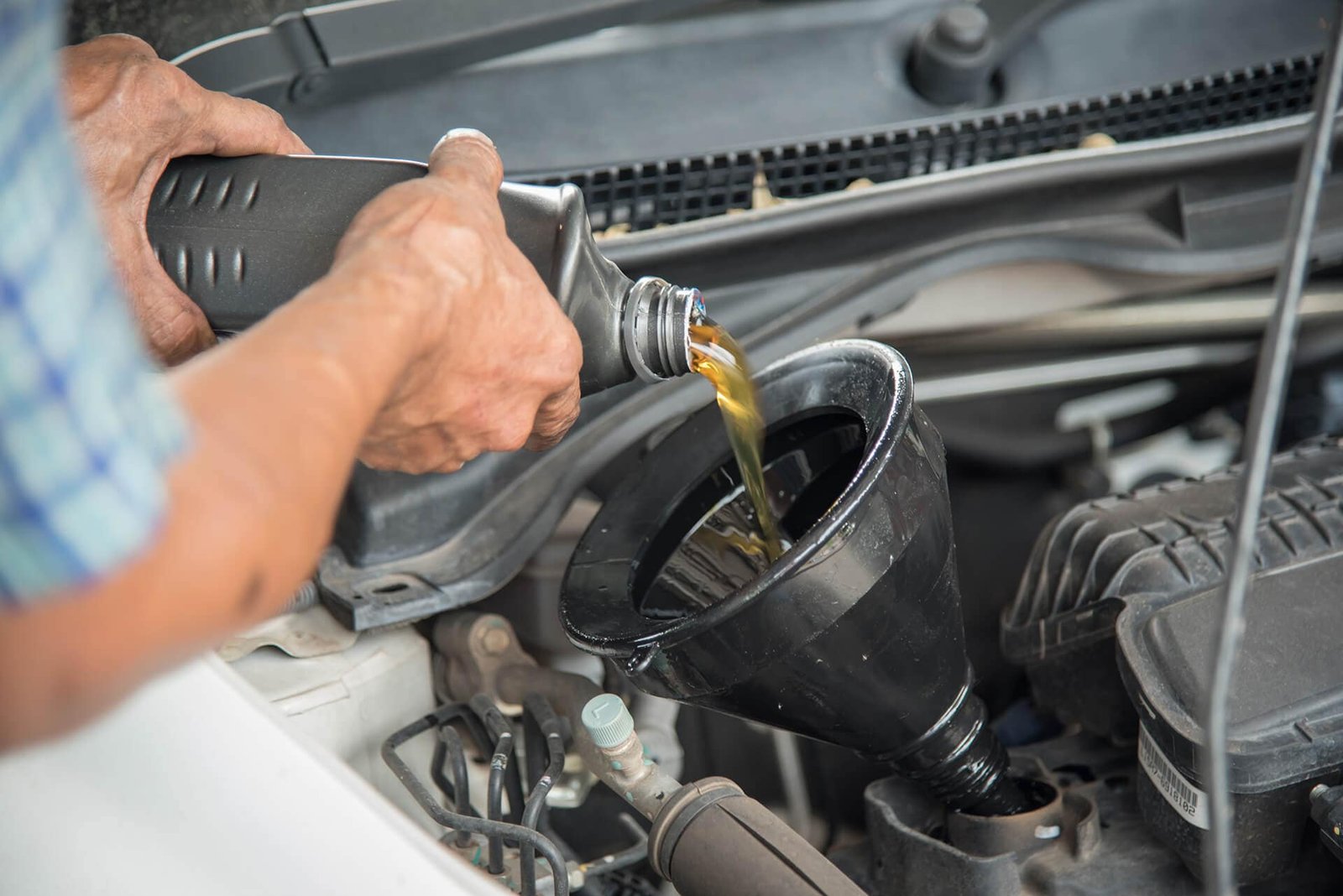DIY Car Battery Check: Car batteries are the hidden stars in our cars because they power the electrical system and start the engine. But we don’t always notice them until they break and prevent our car from starting. Checking your car battery regularly can prevent this, saving you money in the long run.
DIY Car Battery Check: How to understand car batteries
Before learning about battery checks, you need to understand what a battery is and how it works. These gadgets are essentially reusable energy storage units. They are usually made of lead plates soaked in sulfuric acid. When a chemical reaction takes place between the plates and the acid, an electric current is created. This electricity powers the car’s electrical system. Lead-acid batteries, AGM (absorbent glass mat) batteries, and lithium-ion batteries are all common types of car batteries.
How do I know if the battery is sufficiently charged?
Recognizing the signs of a dead battery is important so you can take quick action. A low battery is often manifested by dim headlights, slow engine speed, and a warning light on the dashboard. Paying attention to these signs can help you tackle the problem before it gets worse.
What is needed to check the battery
You don’t need many tools to perform a DIY battery check. Safety gloves, a wrench and battery terminal cleaner should be in every basic toolbox. For a more thorough inspection, you can purchase a voltmeter to check voltage and a battery charge tester to check the overall health of the battery.
How to check a car battery step by step
First, put on your safety gear and turn off your car to ensure your safety. First, check the battery and its connections to see if there are any signs of damage or rust. Then use a voltmeter to check the battery strength and make sure it meets the manufacturer’s instructions. Finally, perform a load test to see how long the battery lasts under artificial load.
A Guide to Safely Taking Your Cat on Car Rides
be safe
You must be careful when handling car batteries to avoid harming yourself or others. Safety glasses and gloves should always be worn when working with batteries as they contain toxic substances. Use caution when handling battery acid and make sure you follow the proper steps to prevent damage to the environment.
How to read test results
To make an informed choice, you need to understand the results of your battery tests. The voltage values should be within the recommended range for the type of car battery. This indicates the overall health of the battery. In addition, the load test results show how much current the battery can deliver during use.
How to care for your battery to extend its life
Your car’s battery will last longer if you maintain it regularly. Use a terminal cleaner or a mixture of baking soda and water to keep the terminals clean and rust-free. To prevent leakage, make sure the connections between the battery cables and the wires are tight. Regular car use also keeps the battery charged and prevents sulfation, a common cause of battery failure.
View the advantages of your own battery
Regularly checking the battery yourself has many advantages for motorists. By identifying battery problems early, you can solve them quickly, reducing the chance of a sudden failure. Plus, regular maintenance will make your battery last longer and work better, saving you time and money in the long run.
When should you seek professional help?
Do-it-yourself battery inspection can help with regular maintenance, but some problems require an expert to resolve them. It may take a skilled technician to troubleshoot complex electrical problems or a rapidly draining battery. Furthermore, if your battery continually fails tests or shows signs of irreparable damage, replacing the battery may be the best option.
In summary
Performing a DIY battery check is important to keep your car running properly and extend battery life. You can ensure that your car’s electrical system is working properly by understanding how your battery works, noticing signs of weakness, and checking them regularly. Learn as much as you can and maintain it regularly to avoid problems and expensive repairs.



